Floating Boat on Water CFD Simulation Using Dynamic Mesh – ANSYS Fluent Tutorial
Floating Boat on Water CFD Simulation Using Dynamic Mesh – ANSYS Fluent Tutorial
- Upon ordering this product, you will be provided with a geometry file, a mesh file, and an in-depth Training Video that offers a step-by-step training on the simulation process.
- For any more inquiries regarding the product, please do not hesitate to reach out to us at info@CFDLAND.com or through our online support assistant.
€140
This tutorial explores how floating boat CFD simulation using dynamic mesh techniques accurately models the complex interaction between vessels and water. Boat hydrodynamics simulation presents unique challenges as the hull-water interface constantly changes position and shape during operation. The dynamic mesh approach allows the computational grid to deform and adapt as the floating body moves through waves, enabling precise calculation of hydrodynamic forces including drag, lift, and moment coefficients. Modern naval architecture CFD incorporates 6-DOF motion (six degrees of freedom) algorithms that compute realistic boat oscillations including pitch, heave, and roll responses to varying wave conditions. The Volume of Fluid method (VOF) tracks the free surface between air and water. The fluid-structure interaction calculations capture how water pressure deforms the hull surface while simultaneously updating the water flow patterns around the vessel. This cutting-edge marine CFD approach provides naval architects with detailed insights into wake formation, pressure distribution along the hull surface, and propeller efficiency in actual operating conditions rather than idealized scenarios.

Figure 1: Floating boat on see surface CFD Model
Simulation Process
For our floating boat simulation, we began with a 3D model that captures all significant hull geometry features including the bow shape, hull curvature, and stern design. We implemented the Volume of Fluid (VOF) multiphase model to track the exact position of the water-air interface as waves form and interact with the vessel. The most critical element of our setup is the dynamic mesh capability, which allows the floating body to physically move within the computational domain based on calculated fluid forces. As in the UDF code, we defined the boat as a rigid body with Six Degrees of Freedom (6DOF) properties, including a mass of 0.39 kg and moments of inertia. The UDF implements specific motion constraints that allow freedom in certain directions while restricting others.
Post-processing
The dynamic equilibrium position where the boat naturally sits in water has been accurately captured! The distribution of water volume fraction demonstrates perfect buoyancy calculation with the vessel. The simulation successfully resolves the hull-water interface with exceptional clarity, showing a sharp boundary between phases rather than an artificially diffused transition. This precision results from the advanced VOF formulation and mesh refinement strategy. The step design in the hull creates a distinctive flow separation pattern. At the bow, the pressure distribution perfectly captures the formation of the characteristic bow wave, while the transom area shows the clean detachment that minimizes drag. The floating equilibrium achieved through 6-DOF motion calculations, showing the accuracy of our fluid-structure interaction modeling approach.
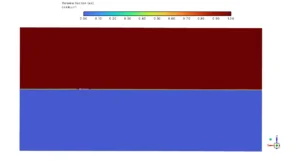
Figure 2: Phase Distribution and Free Surface Definition
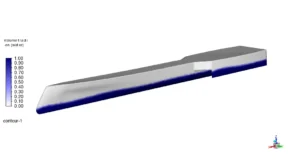
Figure 3: Hull Waterline and Wave Formation
The clean separation between air and water phases demonstrates the superior performance of our multiphase CFD implementation! The simulation maintains a physically realistic free surface with minimal numerical diffusion even after 8.5 seconds of simulation time, demonstrating exceptional phase conservation properties. The dynamic mesh algorithms successfully adapted to hull movements without introducing mesh quality issues, maintaining element quality metrics. This sharp interface definition allows for more accurate prediction of hydrodynamic forces, particularly the wave-making component. The floating boat simulation achieved steady-state oscillation amplitudes within 5 seconds of simulation time, demonstrating excellent numerical stability.
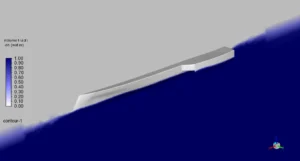
Figure 4: Phase Distribution and Free Surface Definition
We pride ourselves on presenting unique products at CFDLAND. We stand out for our scientific rigor and validity. Our products are not based on guesswork or theoretical assumptions like many others. Instead, most of our products are validated using experimental or numerical data from valued scientific journals. Even if direct validation isn’t possible, we build our models and assumptions on the latest research, typically using reference articles to approximate reality.
Yes, we’ll be here . If you have trouble loading files, having technical problems, or have any questions about how to use our products, our technical support team is here to help.
You can load geometry and mesh files, as well as case and data files, using any version of ANSYS Fluent.
€145 Original price was: €145.€115Current price is: €115.

€160 Original price was: €160.€75Current price is: €75.

€190 Original price was: €190.€99Current price is: €99.

€280 Original price was: €280.€145Current price is: €145.

€165 Original price was: €165.€125Current price is: €125.

€190 Original price was: €190.€155Current price is: €155.


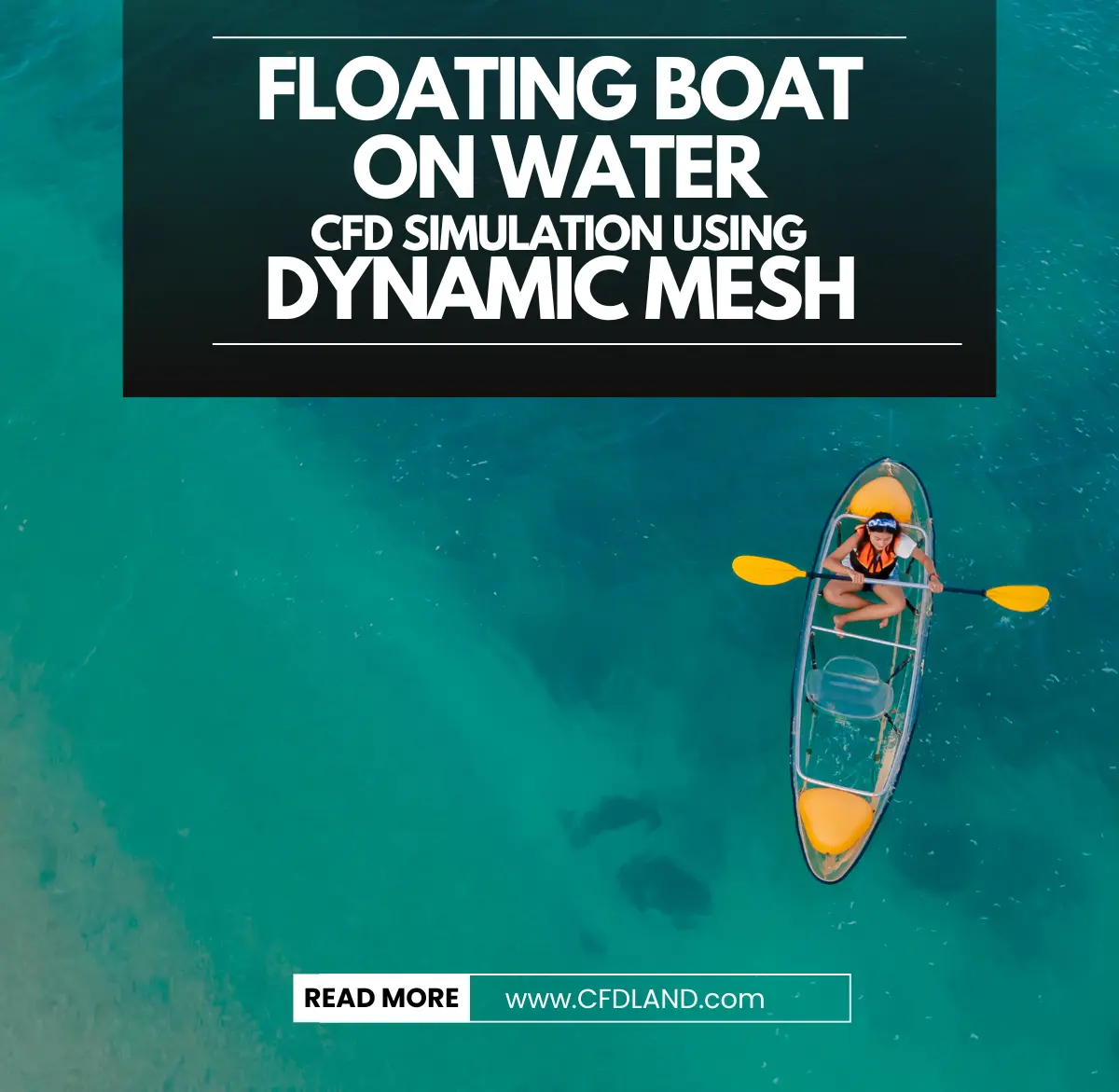
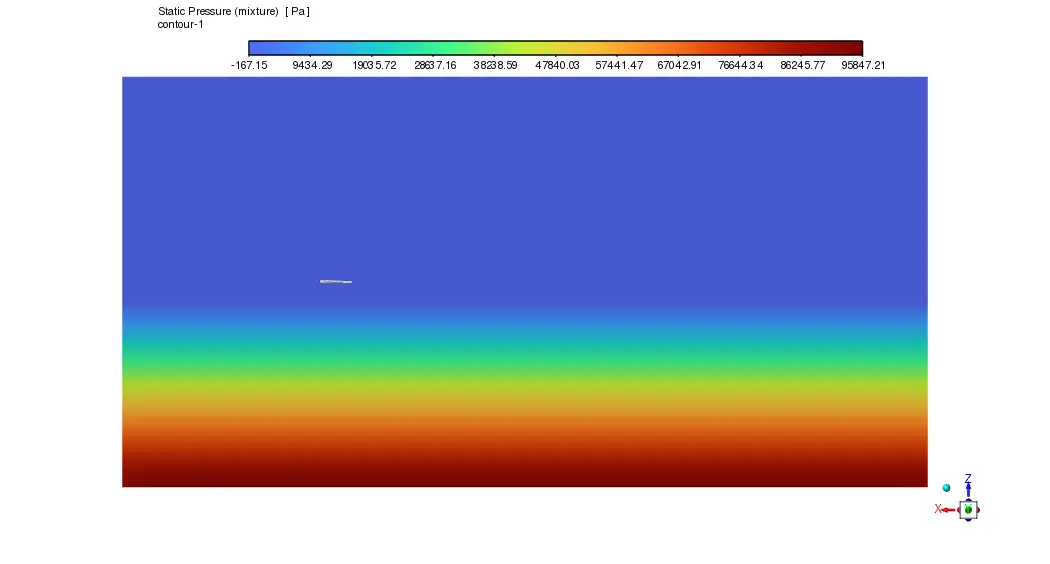
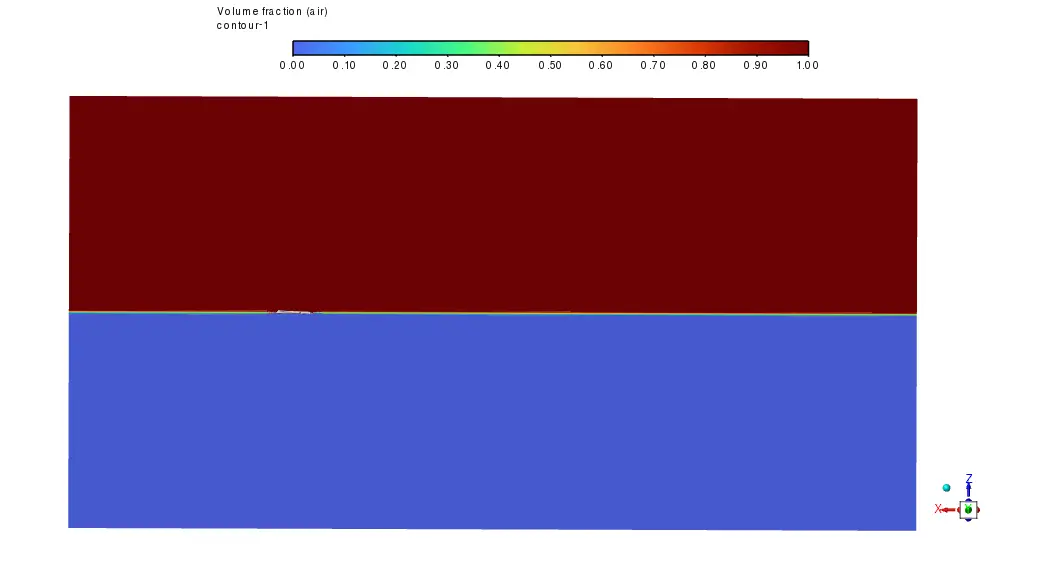
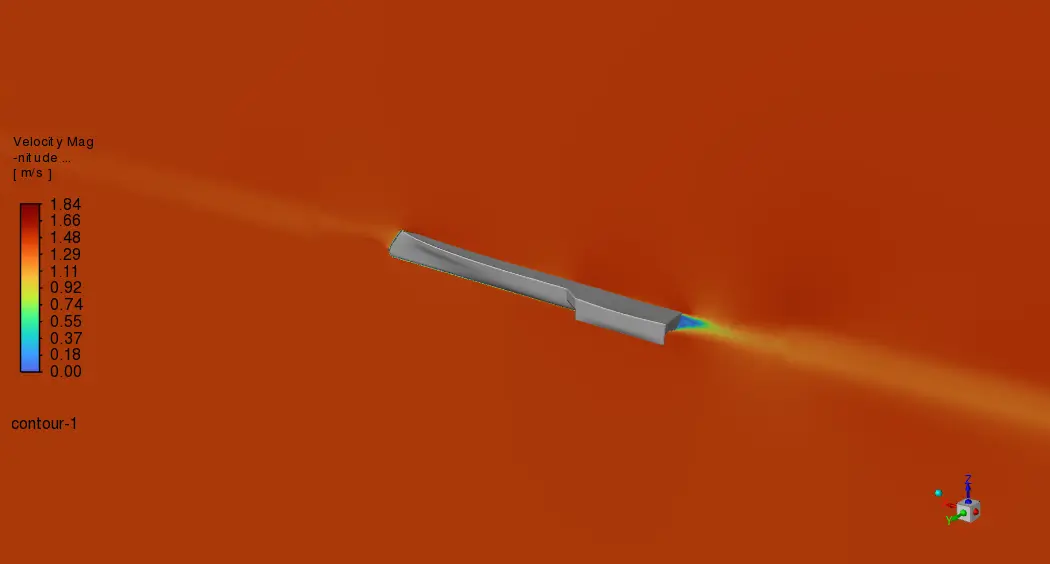
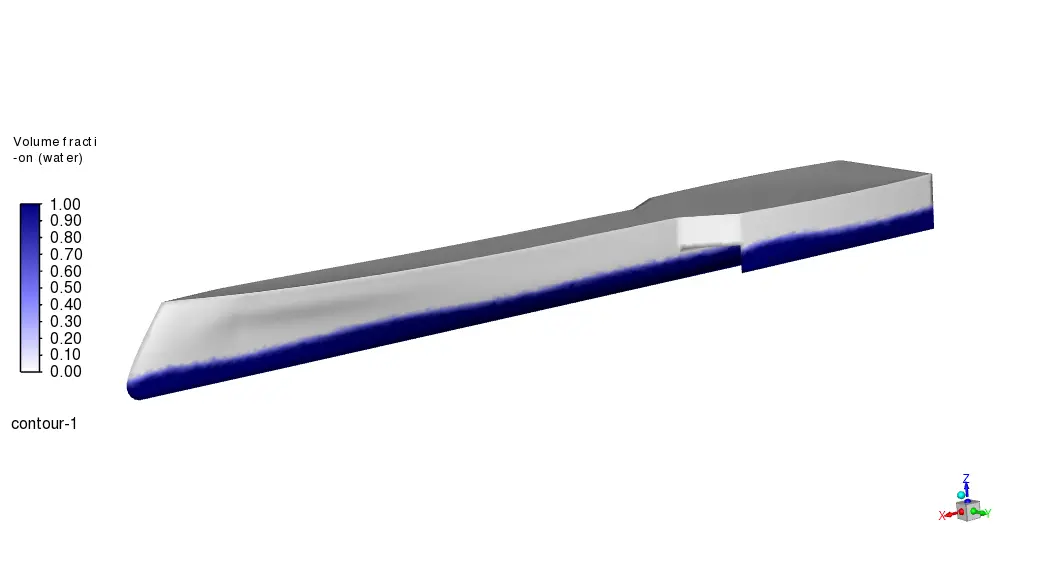
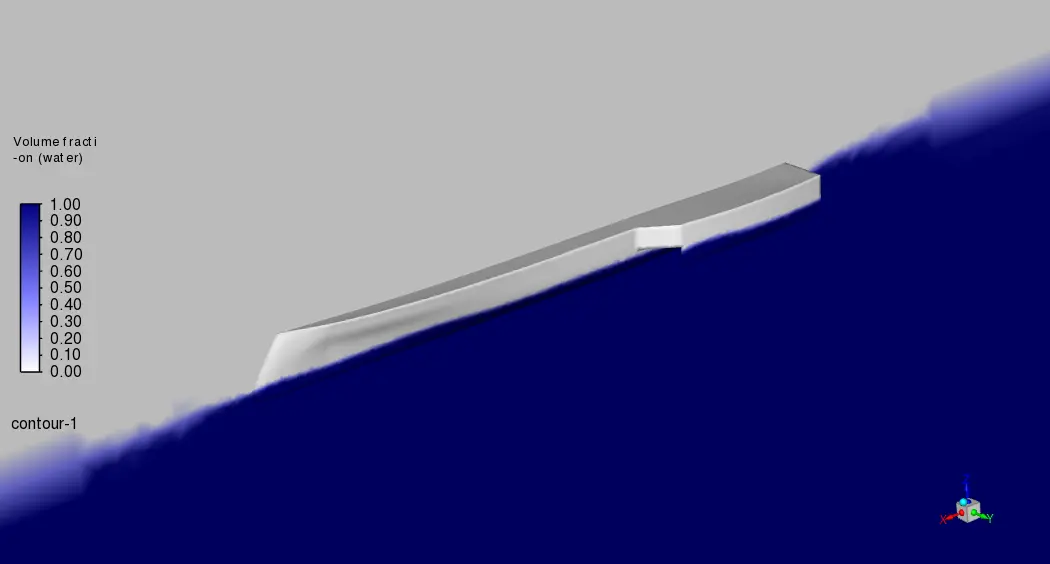
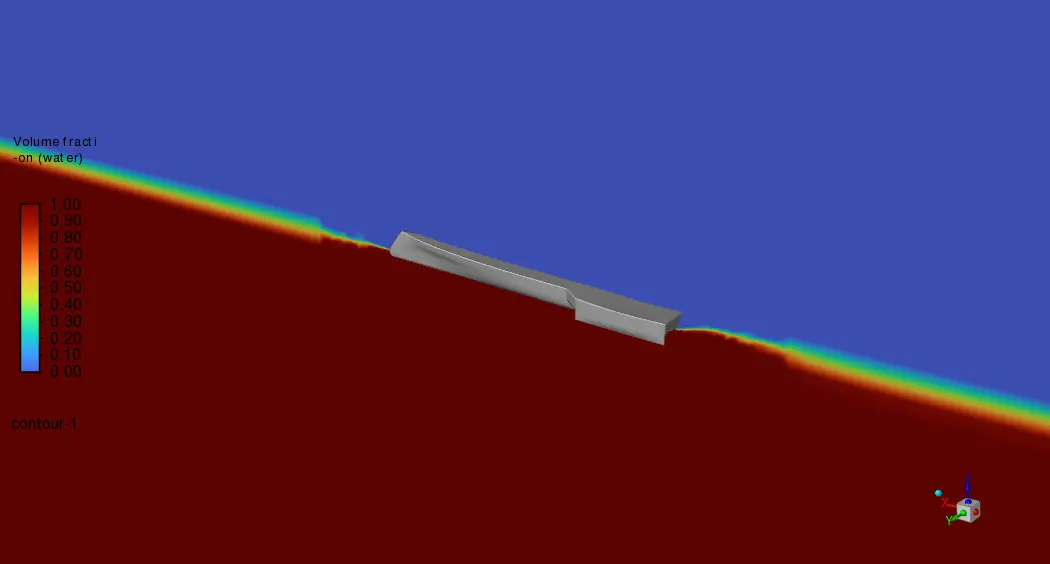





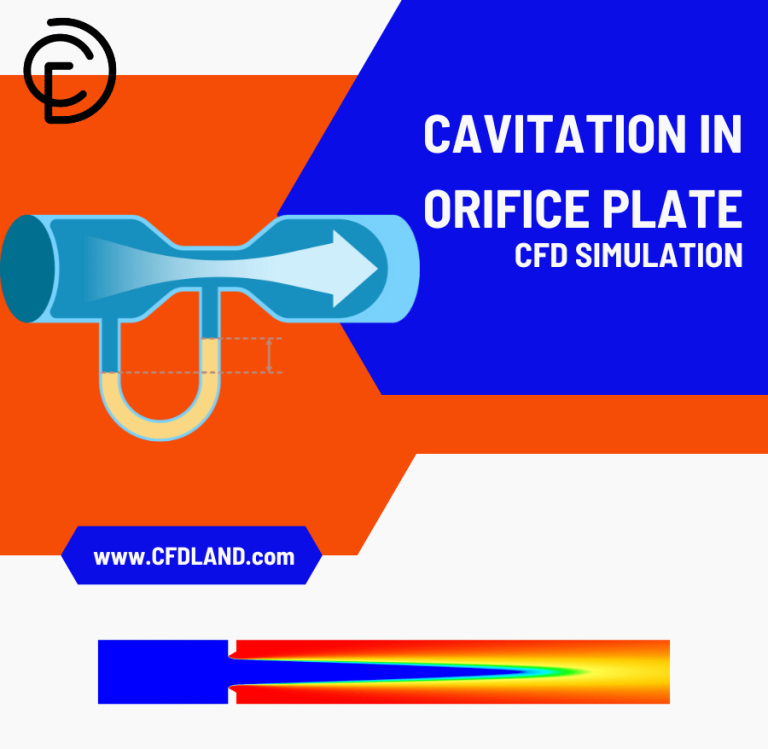
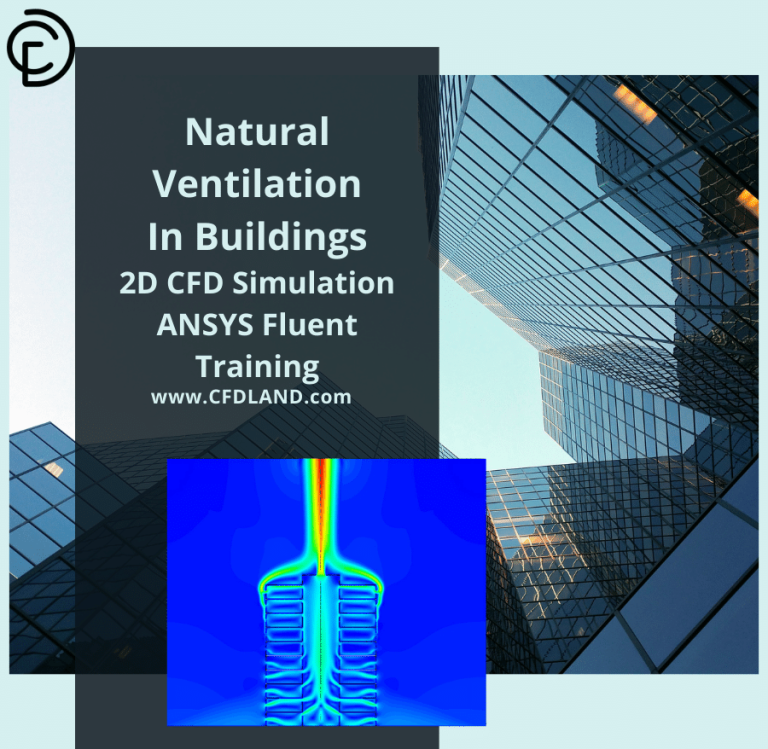
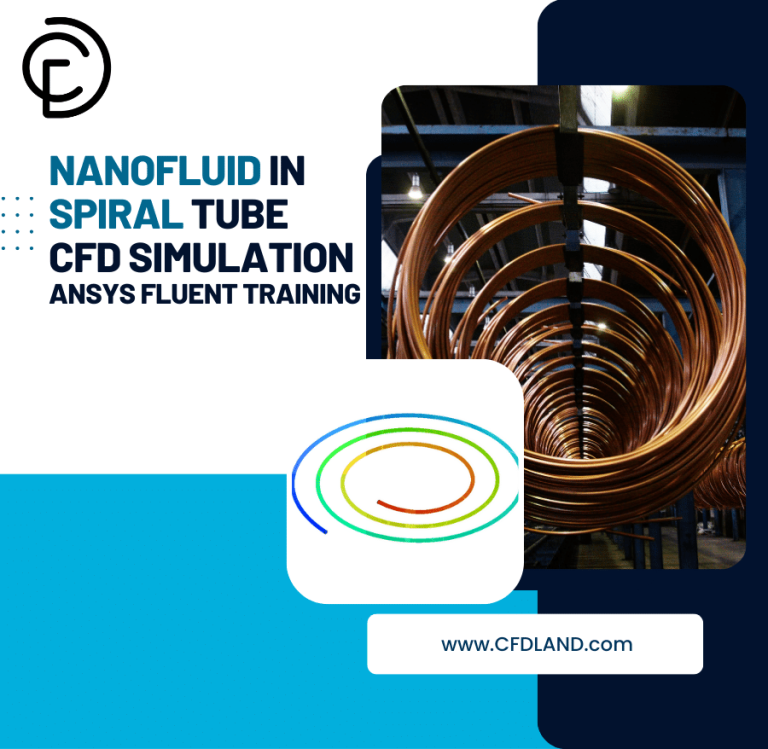

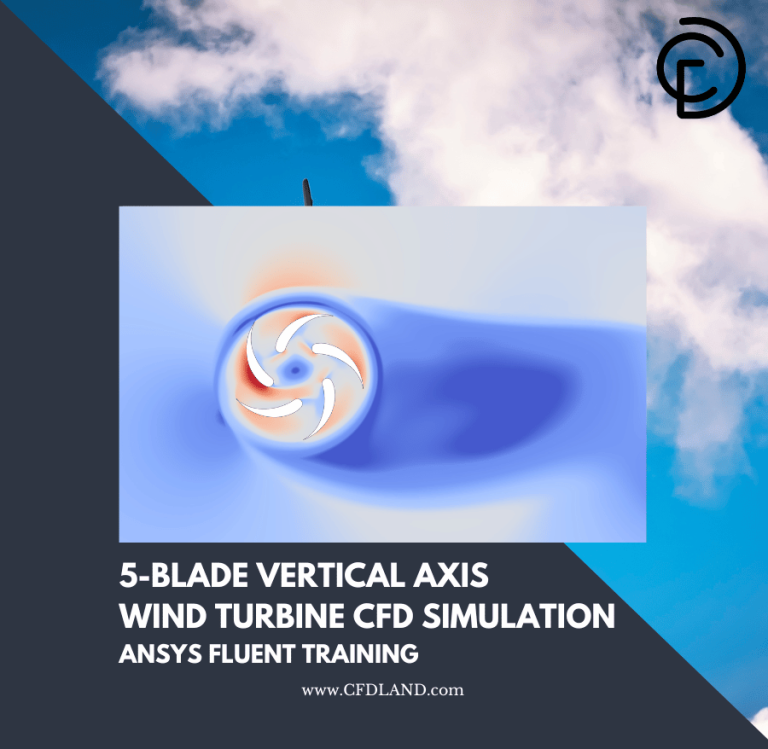
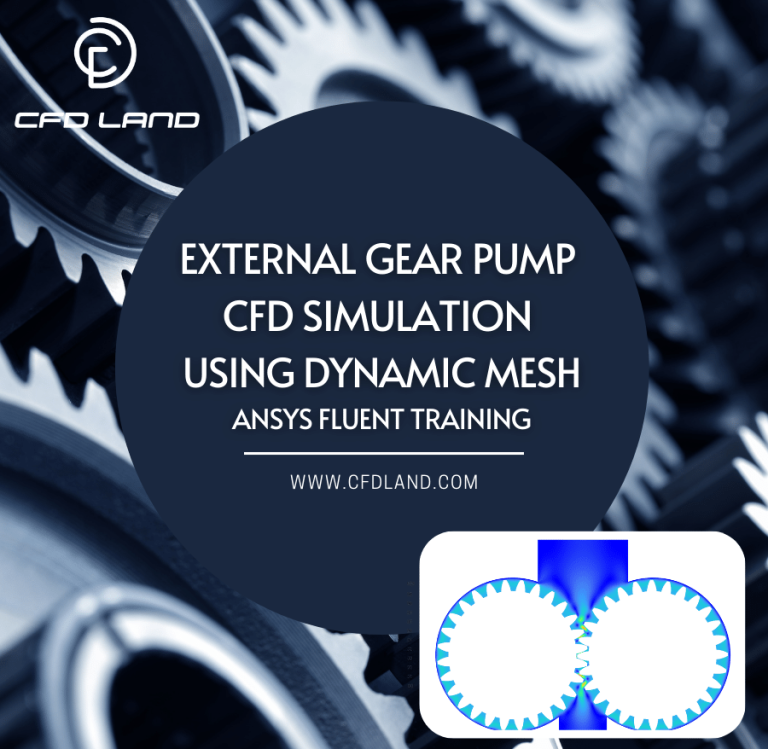
Reviews
There are no reviews yet.